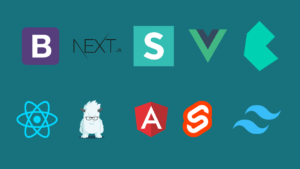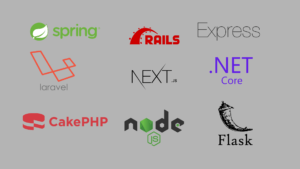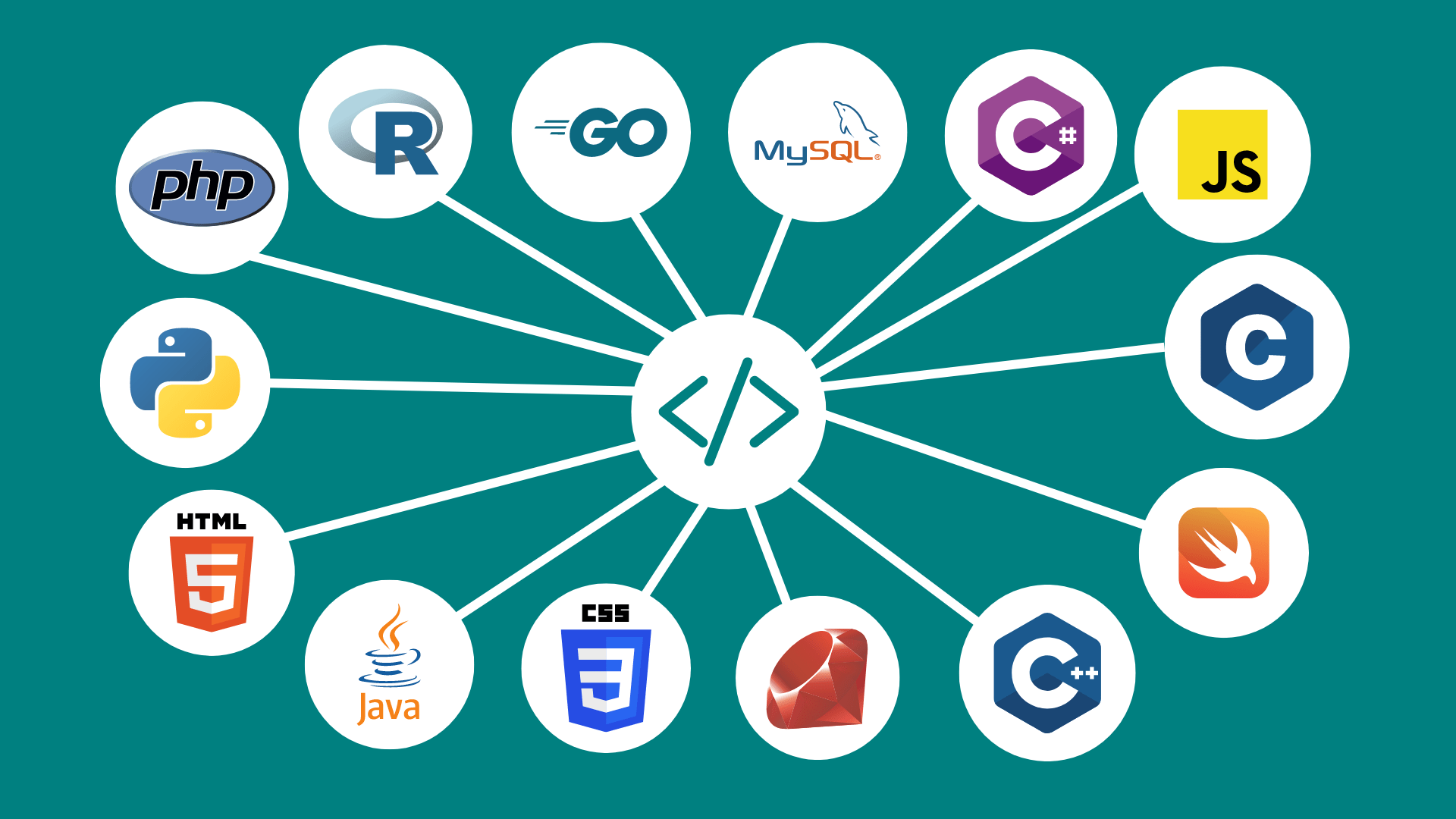
Programming is a great activity for beginners but choosing the first programming language to learn is difficult. Well, this blog post will discuss the top 10 programming languages to learn as a beginner.
Topics such as what is a programming language and the types of programming languages will also be discussed.
Some additional resources and important notes will also be included that will guide you in choosing a language. Choosing a programming language will get easy at the end of this blog post.
What Is A Programming Language?
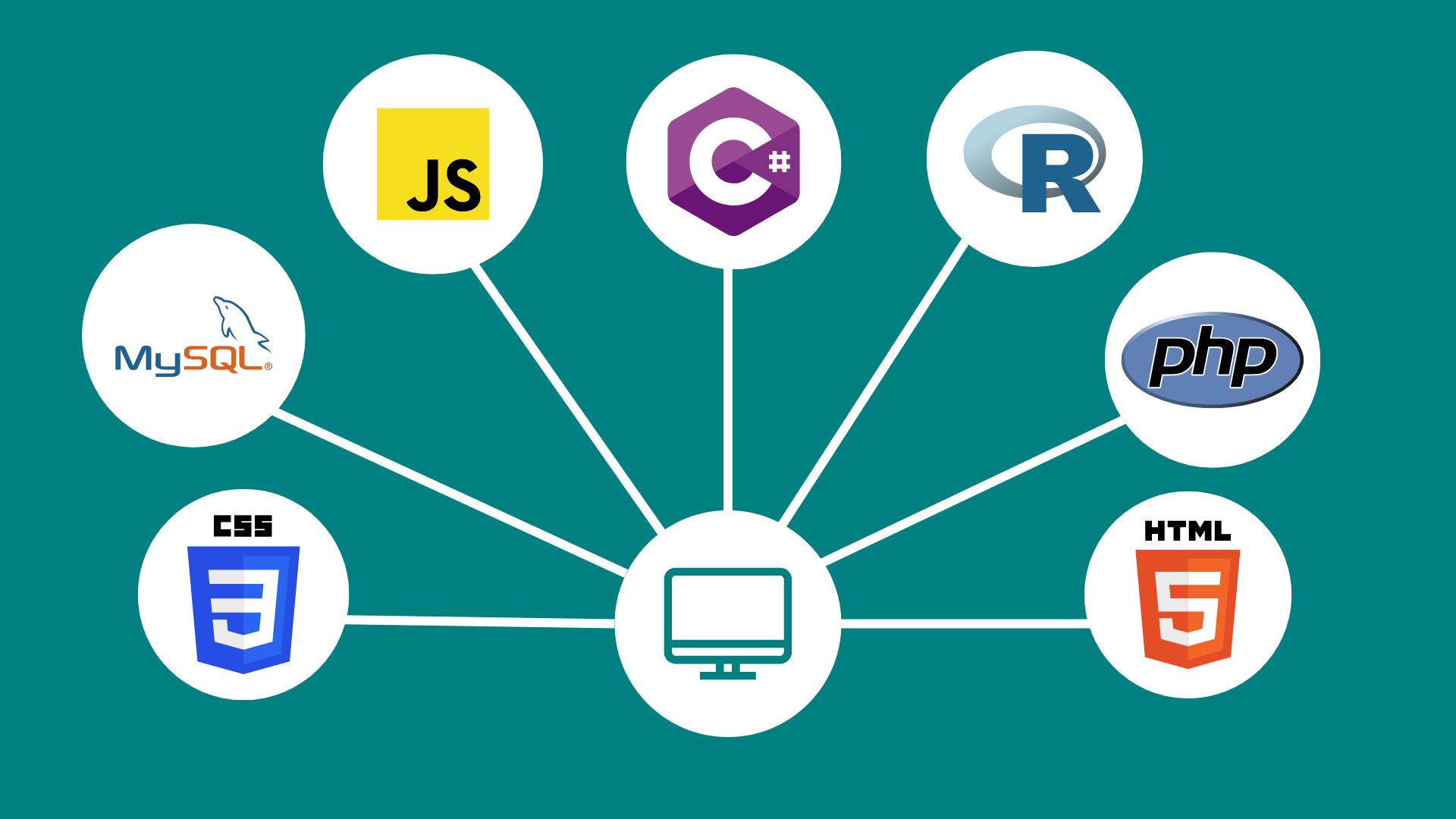
It’s a computer language used in writing programs that will perform a specific task. A programmer is a person who uses programming knowledge to create computer programs.
Types Of Programming Language
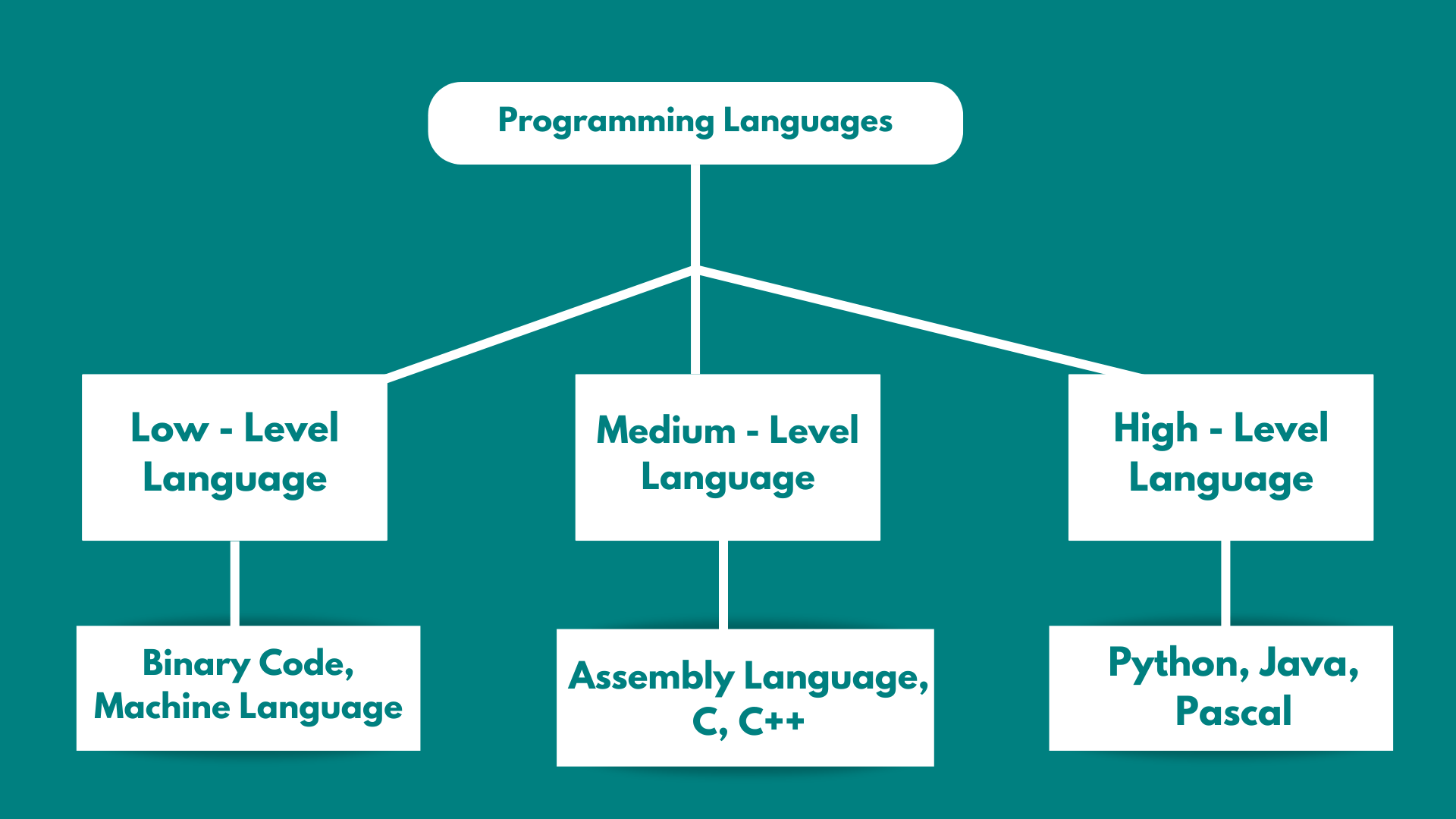
The different types of programming languages are firstly, the low-level languages such as Binary Code and Machine Language. Their instructions are close to the control of the computer’s hardware.
Secondly, are the mid-level languages such as Assembly, C, and C++. They merge the gap between machine language and high-level language.
Thirdly, are the high-level languages such as Python and Java. They are easy to learn and understand.
The 10 Best Coding Languages
Below are the 10 best coding languages for beginners
1.) Python
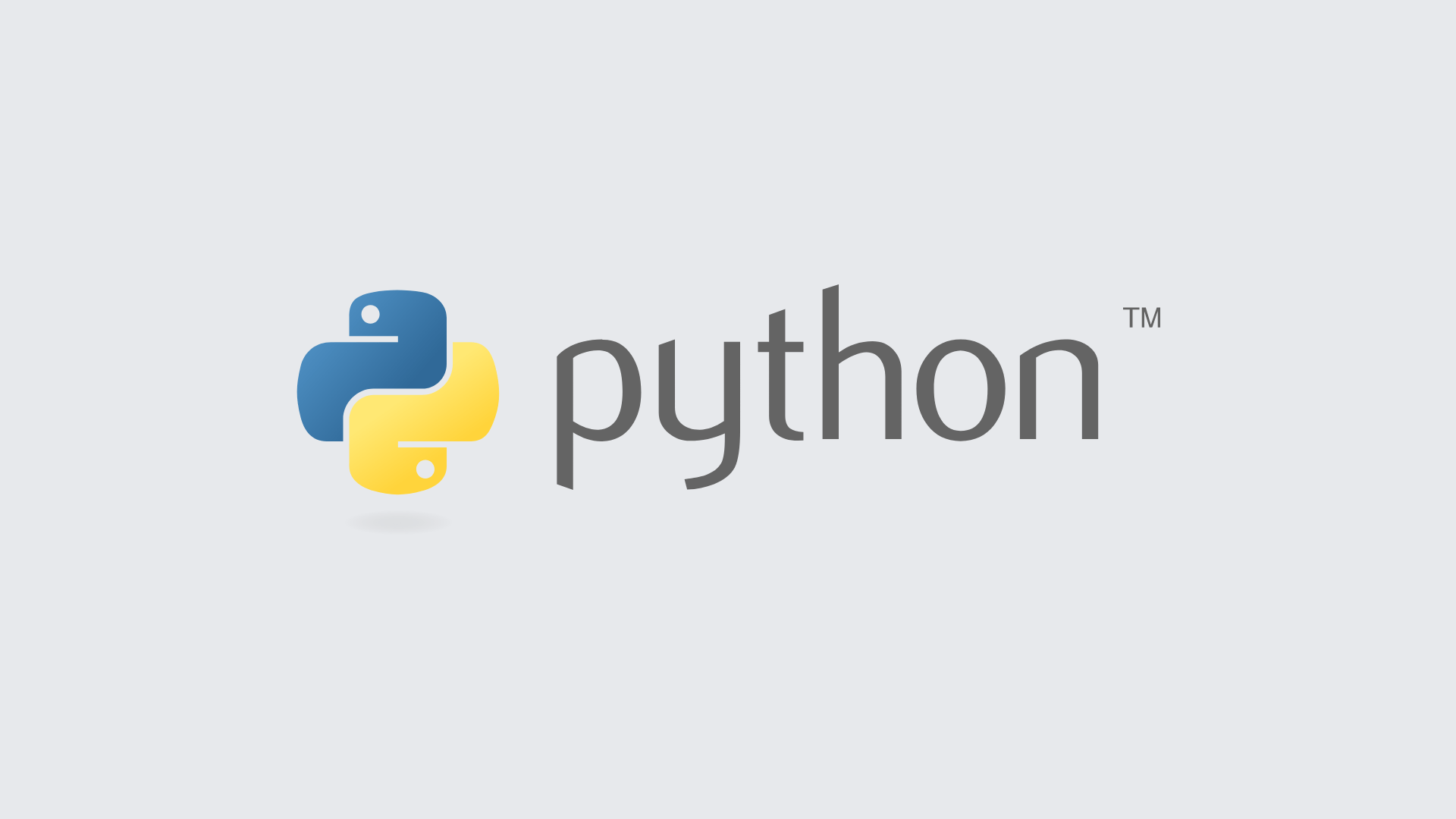
Python is a high-level programming language created by Guido Van Rossum in 1991. It’s used in building websites, desktop applications, games, AI, and machine learning tasks.
Companies such as Google, Facebook, Instagram, and Netflix use Python due to its easy maintenance and quick delivery pace. An entry-level Python Developer earns up to $91,284 per annum.
Benefits Of Python:
- Easy-to-understand syntax.
- Large developer community.
- Support for a wide range of libraries.
- Ability to run across various platforms.
Drawbacks Of Python:
- Slow performance.
- Huge memory consumption.
- Not suitable for mobile development.
- Database accessibility is an issue.
Important Notes:
- Using import* will reduce a program’s readability and will clash with other user-defined functions and classes.
- Using module names as those that are present in the Standard Python Library can lead to uncertainties and clashes in the program.
- Misunderstanding functions and using the wrong function will end up providing unexpected results.
- Importing unused libraries will create difficulty in understanding the code.
- Programmers should be aware of the code indentations to avoid the code from breaking.
Learning Resources:
2.) JavaScript
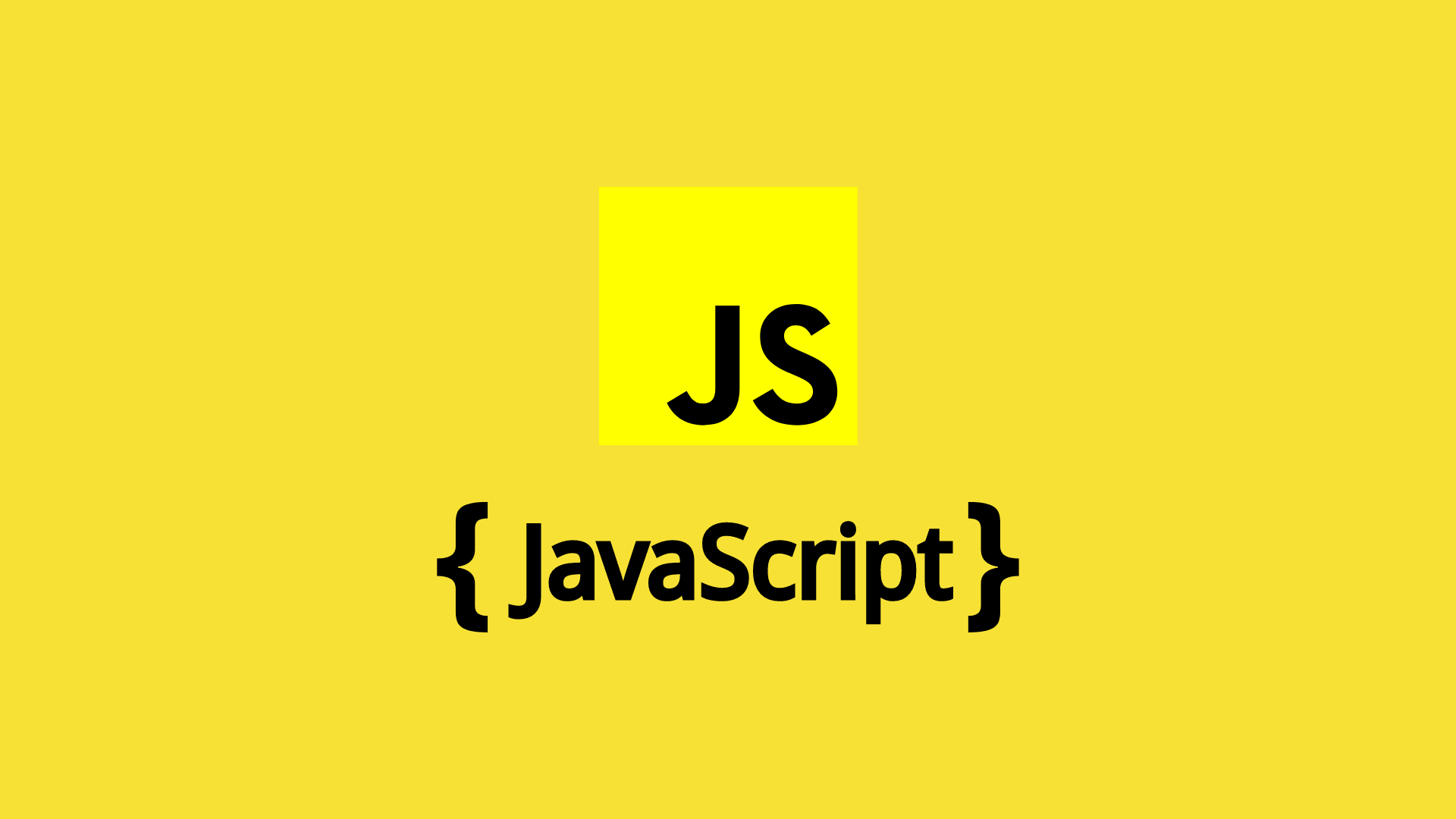
JavaScript is a programming language created by Brendan Eich in 1995. It’s used in building web applications, animations, visualizing data, and mobile apps.
Companies such as Microsoft, PayPal, Uber, and LinkedIn use JavaScript due to its flexibility and performance. An entry level JavaScript Developer earns up to $72,196 on an yearly basis.
Benefits Of JavaScript:
- Easy to learn and use.
- Various types of interfaces.
- Fast execution speed.
- Reduced loading time.
- Different types of frameworks.
Drawbacks Of JavaScript:
- Client-side security vulnerabilities.
- Browser support.
- Rendering issues.
Important Notes:
- Reassigning constant variables can’t be done without using the ‘let’ keyword.
- Variable names should be properly declared to prevent debugging and readability problems.
- The code should always be formatted in a standardized way.
- Programmers should spend some time handling errors to prevent problems in the code.
- Large functions should be used for preventing readability issues.
Learning Resources:
3.) C & C++

C & C++ are general-purpose programming languages used in developing operating systems, games, database systems, and application software.
Dennis Ritchie created the C language in 1972 whereas C++ was created by Bjarne Stroustrup in 1979.
Companies such as Amazon, IBM, Adobe, and Meta use C and C++ due to their amazing performance. C & C++ Developers earn up to $110,110 per annum.
Benefits Of C:
- Easy to learn and use.
- Fast execution time.
- Highly portable.
- Several built-in functions.
Drawbacks Of C:
- Case-sensitivity.
- Procedure-oriented.
- Does not support inheritance.
- No Exception handling feature.
- Lack of run-time checking feature.
- Lack of constructors & destructors.
Benefits Of C++:
- Object-oriented.
- Fast execution speed.
- large community support.
- Compatible with the C language.
- Memory efficient.
Drawbacks Of C++:
- Lack of features for garbage collection.
- No support for built-in threads.
- Huge memory consumption.
- The concept of pointers is difficult to grasp.
Important Notes For C:
- Matching braces with parentheses will create a compile-time error.
- Forgetting semicolons will create problems when compiling the program.
- Forgetting a loop’s exit condition will cause infinite loops which can consume all the memory of a system.
- Forgetting to initialize pointers can result in various behaviors such as the storage of garbage values and the overflow of signed integers.
Important Notes for C++:
- Returning local objects through references will result in unexpected behaviors causing performance issues.
- Forgetting the virtual destructors will cause memory leaks inside the derived classes.
- Using a reference to a deleted resource in multi-threaded programs will result in unexpected actions.
Learning Resources:
4.) Java

Java is an object-oriented programming language used for developing games, web applications, handling big data, mobile and desktop applications, including cloud and scientific-based applications.
James Gosling, a Canadian computer scientist created the Java language in 1995. Companies such as Pinterest, Spotify, Google, and Airbnb use Java for their business activities due to its security and functionality. Java Developers earn up to $92,506 per annum.
Benefits Of Java:
- Easy to set up and use.
- Platform independent.
- Huge community support.
- Highly secure.
- Supports multi-threading.
Drawbacks Of Java:
- Huge memory consumption.
- GUI’s looks & feels are not that good.
- No backup functionality.
- Performance issues.
Important Notes:
- Excessive garbage allocation will create performance issues in an application.
- Concatenation of heavy strings can lead to unnecessary memory allocation.
- Neglecting the existing libraries will lead to creating classes from scratch which will be time-consuming.
Learning Resources:
5.) C#
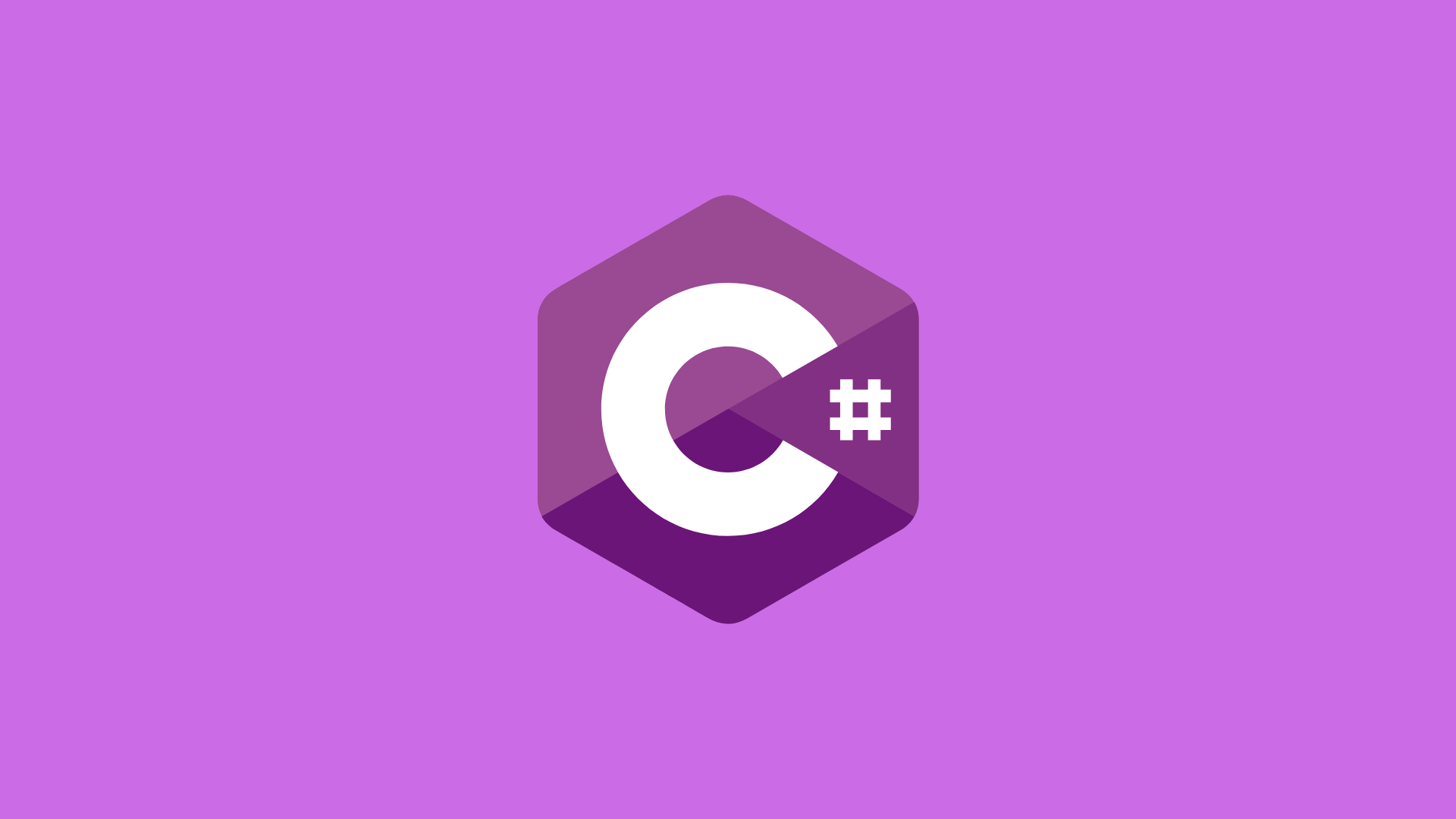
C# is a programming language used in the development of desktop software, web apps, games, and mobile apps. Anders Hejlsberg, a Danish software engineer created the C# language in 2000.
Companies such as Microsoft, Stack Overflow, Service Titan, and Trustpilot use C# due to their huge support of libraries and ease of use. C# .NET Developers earn up to $116,250 per annum.
Benefits Of C#:
- Easy maintenance.
- Large community support.
- Highly scalable.
Drawbacks Of C#:
- Slow performance.
- Highly dependent on the .NET framework.
- Security features are an issue.
- Difficult to interact with the hardware.
Important Notes:
- Prevent the use of global variables as this can lead to unexpected problems in the code and will slow down the tracking of bugs.
- Never repeat code otherwise code maintenance will be a problem.
- Avoid nested if statements unnecessarily as this can cause difficulty in reading and understanding the code.
Learning Resources:
6.) HTML & CSS
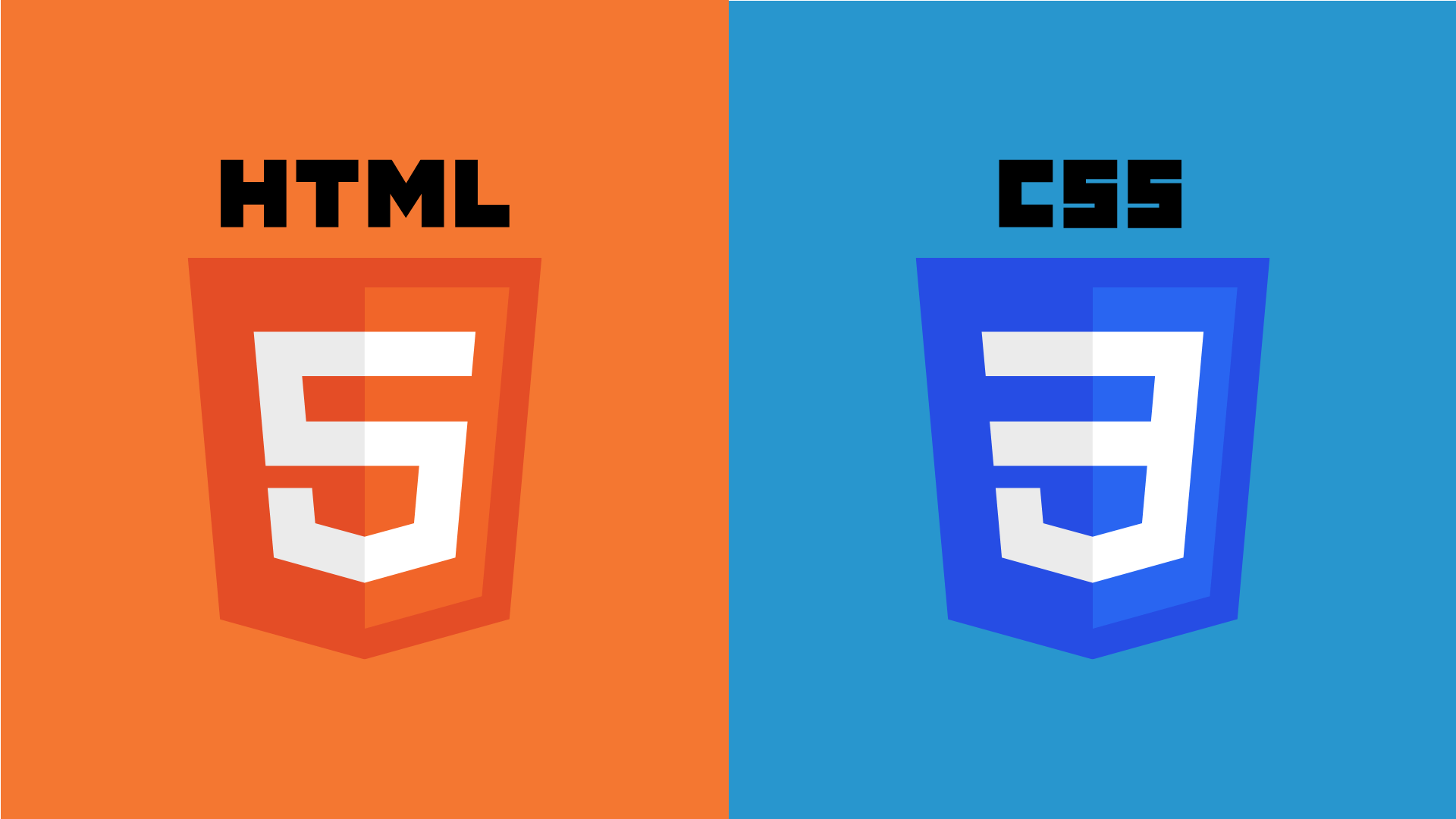
Hyper Text Markup Language, also known as HTML, is the standard markup language created by Tim Berners-Lee in 1993. Cascading Style Sheets, known as CSS in short, is a style-sheet language created by Håkon Wium Lie in 1996.
They are used in designing websites and creating themes for content management systems such as Blogger, WordPress, Drupal, and Joomla.
These languages will help a beginner in understanding how the front-end part of a website or web app works. Startups use these languages for designing their websites and apps. Also, HTML & CSS Developers earn up to $94,319 per annum.
Benefits Of HTML:
- Easy to learn.
- Lightweight.
- Supports all browsers.
Drawbacks Of HTML:
- Limited capabilities.
- Lack of styling features.
- Security features are not that good.
- Writing HTML can be time-consuming.
- Not suitable for large-scale projects.
Benefits Of CSS:
- Easy maintenance.
- Fast loading time.
- Compatible with different devices.
Drawbacks Of CSS:
- It requires practice consistently to grasp the concepts well.
- Performance issues can happen if not optimized well.
- Anybody can modify the design and style elements of a webpage.
Important Notes For HTML:
- Always use the ALT attribute in image tags since it will work as a description for the images and help a user in identifying the importance of an image.
- Prevent excessive use of div tag as it will disorganize a website and maintaining the code will become difficult.
- Avoid using deprecated HTML elements as it will reduce the speed of a website and modern browsers don’t support the use of deprecated attributes and elements.
Important Notes For CSS:
- Avoid using px for font sizes as this will lock the design to a specific size which can cause responsive issues. Use rem or percentages (%) and attributes instead of that and this will help in scaling the website’s content.
- Adding all the styles in one style sheet will create a big mess and updating the code will be very difficult.
- Overusing the !important rule will make the code untidy and will create problems when running on different devices.
Learning Resources:
7.) PHP & MYSQL
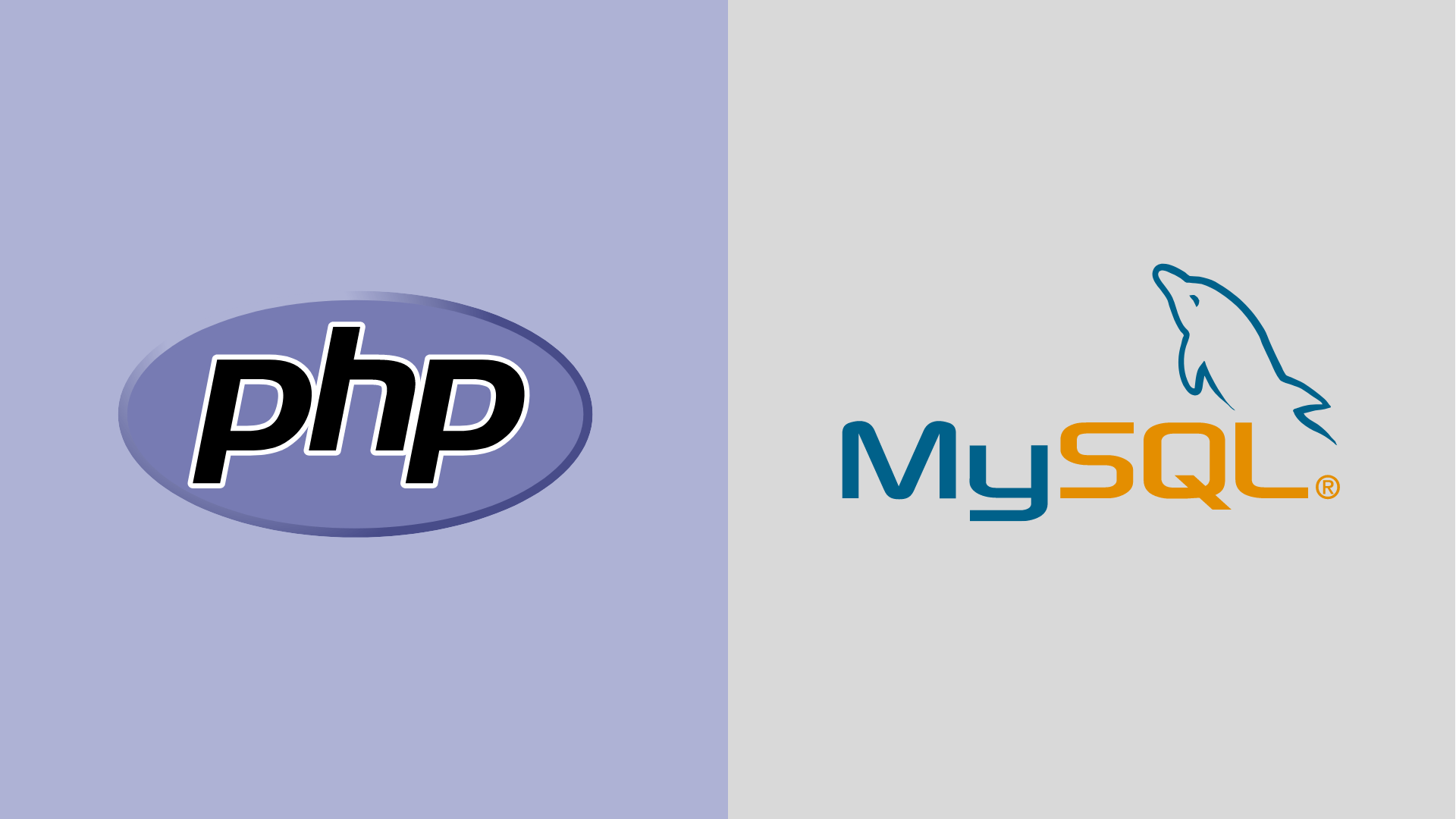
PHP is a scripting language used for controlling the user’s access, creating dynamic content, collecting, receiving user data, and interacting with data. Rasmus Lerdorf created the PHP language in 1993.
MYSQL is a database management system that uses the structured query language for managing data inside a database. Michael Widenus, a Finnish software engineer created the MYSQL database system in 1995.
WordPress, the widely used content management system makes use of PHP with MYSQL due to its vast availability and support for different frameworks. PHP & MySQL Developers make up to $76,800 per annum.
Benefits Of PHP:
- Easy to learn.
- Highly flexible.
- It is open-source.
- Large community support.
- Easy code management.
- A built-in database module.
Drawbacks Of PHP:
- Lack of security features.
- Not suitable for large-scale projects.
Benefits Of MYSQL:
- It is free to use.
- Can run on different platforms.
- It can connect with PHP without any difficulty.
- Huge community support.
Drawbacks Of MYSQL:
- Prone to data corruption.
- Limited capabilities.
- Not suitable for big data.
- Performance issues.
- Lack of development & debugging tools.
Important Notes For PHP:
- Handling errors incorrectly will slow down a website or web application, therefore, affecting the development and deployment process.
- Adding special admin access is a very important practice to avoid confidential details from leaking.
- Incorrect use of operations can modify the logic of a code.
Important Notes For MYSQL:
- Writing queries in a disorganized manner will result in unexpected errors which can be hard to find and fix.
- Misusing loops will cause the performance of queries to have an unfavorable outcome.
- Not making regular backups can result in a loss of data which can create huge problems for businesses.
Learning Resources:
8.) Swift
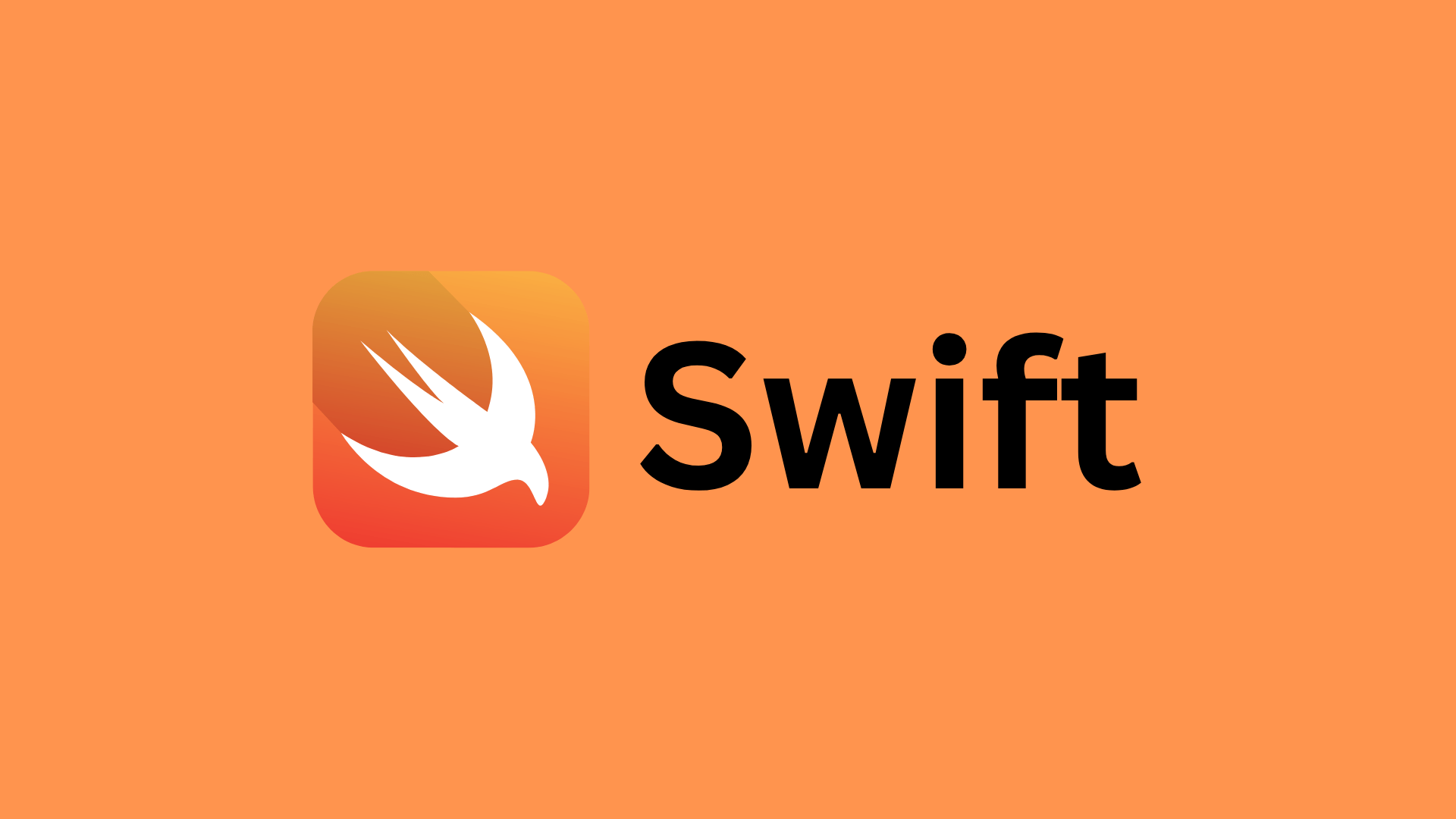
Swift is a high-level programming language used in building software for Apple Products. Chris Lattner, an American software engineer created the Swift language in 2014.
Companies such as Uber, OneSignal, DoorDash, and Lyft use Swift due to its reliability. The average salary for a Swift Developer is $123,942 per annum.
Benefits Of Swift:
- It is open source.
- Easy-to-understand.
- Fast performance.
- Easily maintainable.
- Highly secure.
Drawbacks Of Swift:
- Backward compatibility issues.
- Lack of support for the old iOS Versions.
- Interacting with other IDES & tools is not that good.
Important Notes:
- Incorrect use of optionals can create problems related to nil values.
- Force unwrapping optionals can result in runtime crashes if not used properly.
- Incorrect handling of errors will prevent providing a good user experience.
Learning Resources:
9.) Go
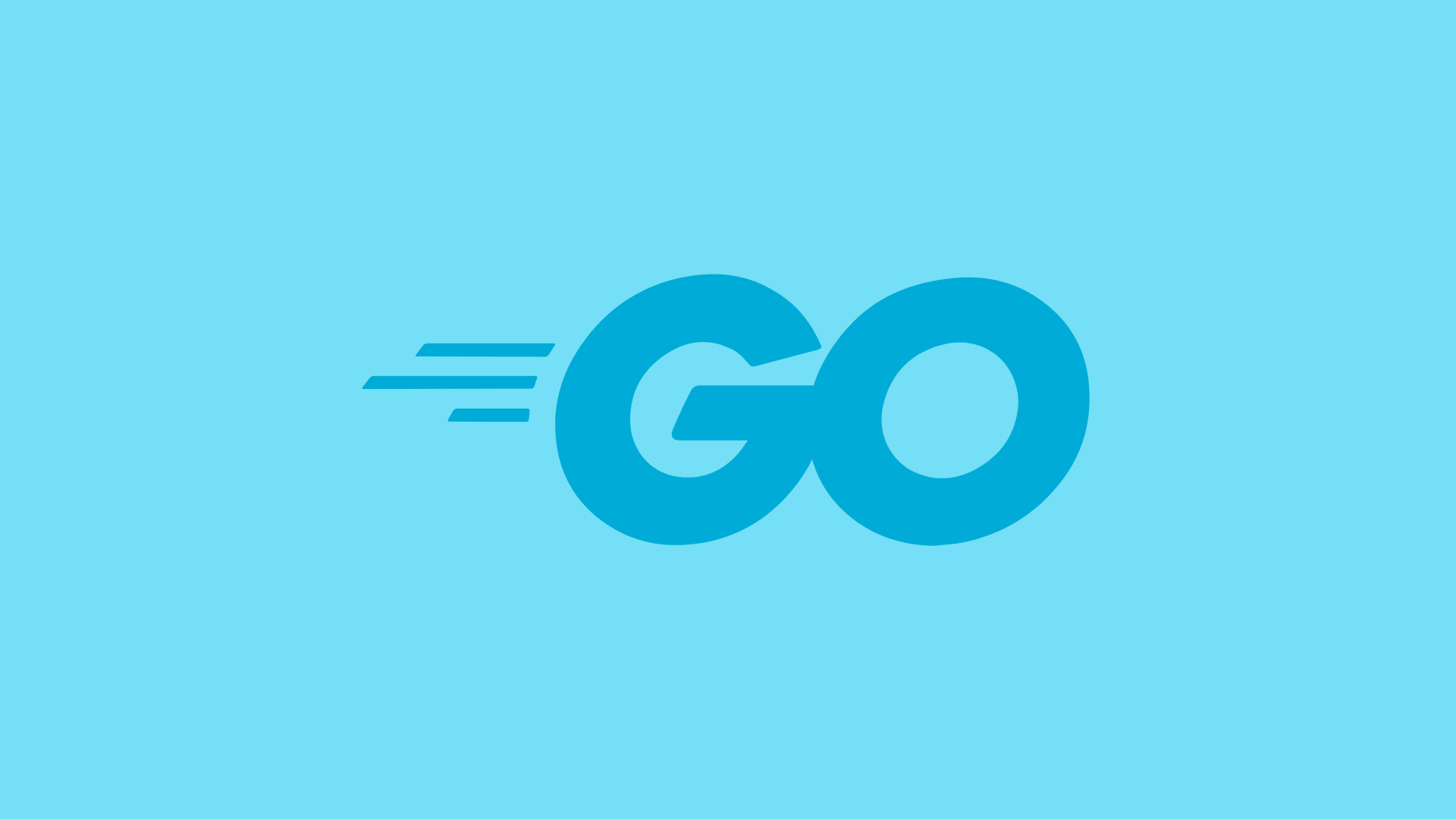
Go or Golang, is an open-source programming language used for developing single-page apps, stand-alone tools, utility applications, cloud computing, web-based applications, and network services.
Ken Thompson, Rob Pike, and Robert Grieseme created the Go language in 2009. Twitch, Uber, and Dailymotion are some of the companies that use Golang. The average salary for a Golang Developer is $131,843 per annum.
Benefits Of Go:
- Easy to learn & understand.
- Fast execution speed.
- Compatible with the C language.
- Fast execution.
- Memory management.
Drawbacks Of Go:
- It is still evolving.
- Lack of libraries.
- No GUI is available.
- No support for generic functions.
- Linking libraries is time-consuming.
Important Notes:
- Using nil as a zero value will result in a compiler error.
- Being forgetful of handling errors will cause a program to crash or perform unexpected behaviors.
- Unnecessary declaration of variables will make the code difficult to read and manage.
Learning Resources:
10.) R

R is an open-source programming language used in AI, machine learning, statistical modeling, and analyzing data. Robert Gentleman and Ross Ihaka created the R language in the early 1990s.
Companies such as Google, Amazon, IBM, and Meta Platforms use the R language due to its powerful built-in functions. The average salary for an R programmer is $78,221 per annum.
Benefits Of R:
- It is open source.
- Platform independent.
- Several packages are available for use.
- Simplifies the quality of plotting and graphing.
Drawbacks Of R:
- It has a slow speed.
- Lack of security features.
- Steep learning curve.
- Not suitable for handling big data.
- No support for 3D or dynamic graphics.
- Built-in packages are slow.
Important Notes:
- Always install and load the packages for use to prevent any error messages.
- Missing symbols will result in errors in the code and fixing these issues will be difficult in the future.
- An undefined selection of columns will result in an error message due to the dimension of a column not being specified.
Learning Resources:
Frequently Asked Questions:
1.) Which programming language to learn first?
You should learn Python because it’s easy to learn.
2.) Which is better: Python or Web Development?
Both of these are better. It depends on the goals of every individual.
3.) Should I learn C, C++, Java, or Python?
To start your journey as a newbie, learn Python.
For building mobile apps, learn Java.
To understand how computers work, learn C.
For building games, learn C++.
4.) Which languages to learn for data science?
Python, R, and Java are the best three languages to learn for data science.
5.) Which coding language is in demand?
Javascript and Python are two of the most used and in-demand languages.
6.) Should I learn Java or Python first?
If you want to become an Android developer, consider learning Java otherwise learn Python first.
7.) Which languages to learn for web development?
HTML, CSS, Javascript, PHP, and MYSQL are the five technologies that will help you in becoming a web developer.
8.) Should I learn HTML before Python?
If you have an interest in web development, learn HTML.
For building stuff, consider learning Python.
9.) Which languages to learn to get a placement?
C & C++ are the best languages to learn for placements because they will help you to understand programming deeply.
10.) Which languages to learn for cybersecurity?
Python, C, C++, JavaScript, PHP, and SQL are some of the languages to learn for cybersecurity.
Conclusion:
Implementation of different programming languages has simplified the creation of various applications. It has also made it difficult for newbies to choose their first coding language. Anybody learning how to code should be aware of their goals before choosing a language.
Python is a great language to learn for newbies. The easy-to-understand syntax will help in building different kinds of stuff using the several libraries available for use. Unfortunately, mobile development is not a good idea when coding in Python.
JavaScript has simplified the development of web applications including games, mobile apps, animations, and visualizing data. Weaknesses such as security vulnerabilities, rendering, and browser support are still some factors faced.
C & C++ has made it easy to build software such as games, applications, and system software. Fast execution and high portability features have sped up the development process. Unfortunately, case sensitivity, garbage collection, and memory consumption are some of the drawbacks to be aware of.
Java, being an easy-to-set-up language, with huge community support, has helped in various tasks such as desktop software, mobile apps, and big data. Drawbacks such as Memory consumption, no backup functionality, and garbage collection issues are still an issue.
C# has made it easy to build cross-platform apps & services using different frameworks. Its easy maintenance & scalability has sped up the development process. Performance issues, high dependency on the .NET framework, and security features are some pitfalls to be aware of.
HTML and CSS help to understand how the front-end part works. Newbies should avoid mastering these languages when learning. Instead, they should learn the basics and then build some projects. While building projects, new concepts of these languages can be applied which will help in mastering these languages.
PHP and MYSQL are the two most used back-end technologies. WordPress uses these languages due to its flexibility, support for different frameworks, and ease of use. Unfortunately, a lack of security features and inefficient handling of transactions are still an issue.
Swift has simplified the development of apps for Apple products. Being an open-source, maintainable, and easy-to-learn language including high security has helped a lot in the development process. Backward compatibility and a lack of support for old iOS Versions are some pitfalls to be aware of.
Golang has helped with various purposes such as single-page applications, network services, and cloud computing. Compatibility with the C language, memory management, and garbage collection have provided a lot of benefits. Drawbacks such as no GUI & generic functions support, lack of information, and libraries are still an issue.
The R language has simplified tasks related to data science, machine learning, statistical modeling, and data analysis. Performing different tasks has become very easy using a variety of packages available for use. Slow speed, lack of security features, and a steep learning curve are some of the weaknesses to be aware of.
Finally, there is no such thing as a perfect programming language. They all have different features, benefits, and drawbacks and are unique in a specific way. It depends on every individual’s goals and what they want to achieve.
Don’t forget to share this blog post as much as possible. It will be highly appreciated.
Which programming language are you going to start your journey with?
Leave a comment down below with your answer. I would love to know from you.

